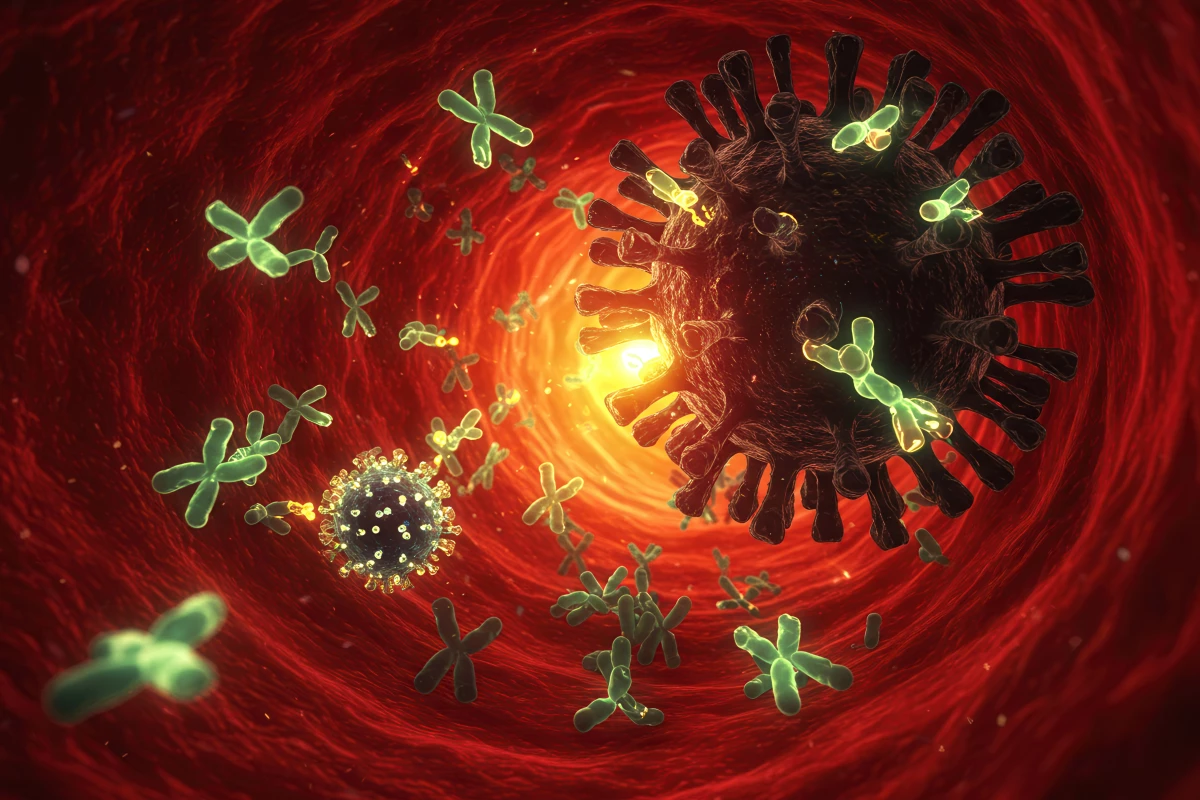It began quietly, tucked away in the immune systems of a few dozen people scattered across the globe. They weren't superheroes. They didn't wear capes. But they carried something extraordinary, an invisible shield against every virus nature could throw at them. No flu. No measles. No chickenpox. Not even a sniffle.
While their bodies struggled with certain bacterial infections, viruses couldn't get a foothold.
This strange biological twist first caught the eye of Dr. Dusan Bogunovic, an immunologist at Columbia University. About 15 years ago, while investigating a genetic mutation that made patients more vulnerable to bacterial infections, he stumbled upon something unexpected. The mutation caused a deficiency in a molecule called ISG15, an immune regulator. That alone was intriguing. But what piqued Bogunovic's curiosity was the kind of inflammation these patients carried.
"The type of inflammation they had was antiviral, and that's when it dawned on me that these individuals could be hiding something," Bogunovic recalls.
Digging deeper, Bogunovic and his team found immune cells that had encountered viruses like flu, measles, mumps, and chickenpox, yet none of the patients had ever shown symptoms.
"In the back of my mind, I kept thinking that if we could produce this type of light immune activation in other people, we could protect them from just about any virus," Bogunovic says.
Now, that idea is becoming reality. In a newly published study Bogunovic's team unveiled an experimental therapy that temporarily gives animals the same antiviral edge as people with this ISG15 deficiency.
The treatment was simple: a nasal drip administered to the lungs of hamsters and mice. Inside that unassuming liquid was a sophisticated payload: 10 strands of messenger RNA, each encased in lipid nanoparticles. This formulation blocked the replication of both influenza and SARS-CoV-2, while significantly reducing disease severity.
Rather than shutting down ISG15 directly, a risky move, the therapy selectively activates the production of 10 key proteins out of the 60 typically triggered by ISG15 deficiency. These proteins are primarily responsible for broad-spectrum antiviral protection.
The delivery system draws inspiration from COVID mRNA vaccines: once inside the cells, the mRNAs instruct the body to produce the protective proteins.
"We only generate a small amount of these 10 proteins, for a very short time, and that leads to much less inflammation than what we see in ISG15-deficient individuals," Bogunovic explains. "But that inflammation is enough to prevent viral diseases."
The team envisions their technology as a rapid-response shield for future pandemics. It could protect frontline workers, vulnerable populations, and exposed family members, even before the virus is identified.
Crucially, the therapy doesn't interfere with the body's ability to build long-term immunity. But challenges remain. The delivery system needs refinement.
"When delivered to animals via nanoparticles, the 10 proteins were produced in the lungs, but probably not at high enough levels to make us comfortable going into people immediately," Bogunovic says. "Once the therapy reaches our cells, it works, but the delivery of any nucleic acid, DNA or RNA, into the part of the body you want to protect is currently the biggest challenge in the field."
The team is also working to determine how long the antiviral protection lasts. Current estimates suggest the protection lasts about three to four days.
The study was published in Science Translational Medicine.





